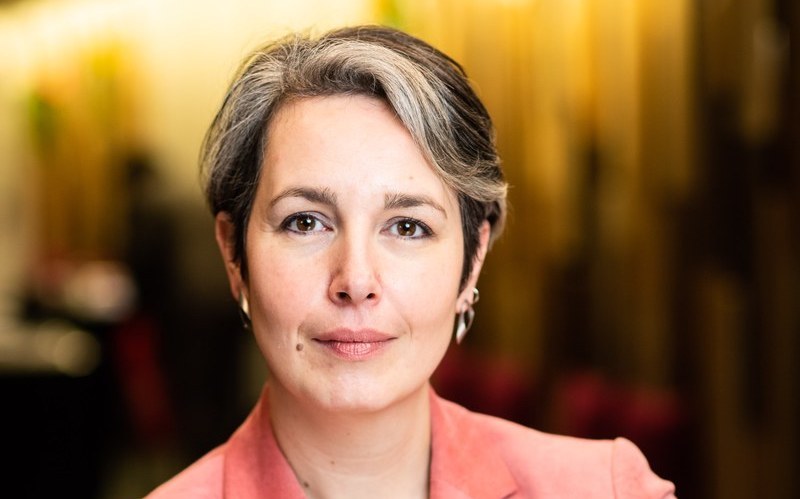Future Strategic Directions for the Lighting Industry
As another wave of restrictions enters into force across Europe, it’s important to keep not only our chins up but also our eyes open, looking out at the next set of opportunities and challenges coming our way.
2020 has had its toll on the lighting industry also. We expect a decline in 2020, in line with the estimated EU-average decline in GDP of at least -8% (the impact will vary among countries and applications). The industry consensus is that the market will not reach its 2019 levels before the second half of 2022.
Government stimulus measures to support renovation are currently being shaped and can help accelerate demand for lighting. The EU proposals set out in the Renovation Wave Initiative published mid-October aim to improve the energy efficiency of Europe’s building stock – 75% of existing buildings are inefficient and achieving the EU’s objectives will cost an additional € 275 Billion per year. The policy is accompanied by match funding, to be made available via EU programs, national recovery plans and private lending.
LightingEurope is liaising with regulators and financers to shape renovation policies and financing tools. We recommend prioritizing non-residential buildings and the full renovation of luminaires to transition to LED systems, with mandatory minimum smartness and indoor environmental quality requirements. We also promote the uptake of UV-C disinfection technology as part of the integral design of safe and healthy indoor environments that minimise the transmission of infectious diseases.
Interest in UV-C disinfection technologies has boomed over the past months, to sustain this market potential the industry must now collaborate amongst suppliers but also with integrators and potential application customers to build market confidence and ensure existing guidelines and rules on how to source, install and use the technology are applied and adhered to.
New EU regulatory requirements will apply as of 2021 – make sure your company is prepared:
* The obligation to notify the presence in articles of substances of very high concern in the ECHA (European Chemicals Agency) SCIP database starts 5 January 2021.
* The new ecodesign and energy labelling rules apply as of 1 September 2021 and include new efficiency and quality parameters, the phase-out of certain conventional products, a new energy label and additional information requirements in EPREL.
* New component removability requirements will apply as of 1 September 2021 as a result of these new rules – the energy performance, labelling and information requirements each lighting product must satisfy will depend on whether light sources and separate control gears are removable and replaceable.
LightingEurope recently published a second version of guidelines for both laws, they outline our understanding of how the rules should be applied based on our discussions with EU and national regulators.
Additional requirements on the circularity of lighting products will be shaped over the next 2 years in the EU and will drive the product design and business models. Be prepared for more around durability, preventing waste and encouraging reuse of components and of luminaires, additional information requirements and restrictions on the materials used in lighting products, to name just a few of the topics we are currently negotiating in Brussels.
The lighting industry can expect several challenges and opportunities coming our way. “Never waste a good crisis” they say. EU regulators are looking to shift the EU to a carbon-neutral circular economy and limit the continent’s external dependencies. Companies can take the opportunity to adapt business models, product design and supply chain collaboration. LightingEurope will continue to offer the compliant platform for companies to exchange views on future business, technology and regulatory trends and to advocate for a positive business environment in Europe. O.G.
Ourania GEORGOUTSAKU
Ourania Georgoutsakou is the Secretary General of LightingEurope, the voice of the lighting industry in Brussels. Ourania joined LightingEurope in April 2017 and is responsible for LightingEurope’s strategy and impact. Her role is to represent Europe’s lighting industry in the Brussels political arena, liaise with industry executives and manage the association’s operations.
She has over 15-years’ experience of advocating for membership associations, previously working as Director of Public Policy in Europe for SEMI and as Senior Policy Coordinator with the Assembly of European Regions in Strasbourg and in Brussels.
___
© 2021 LED professional / Luger Research e.U.

